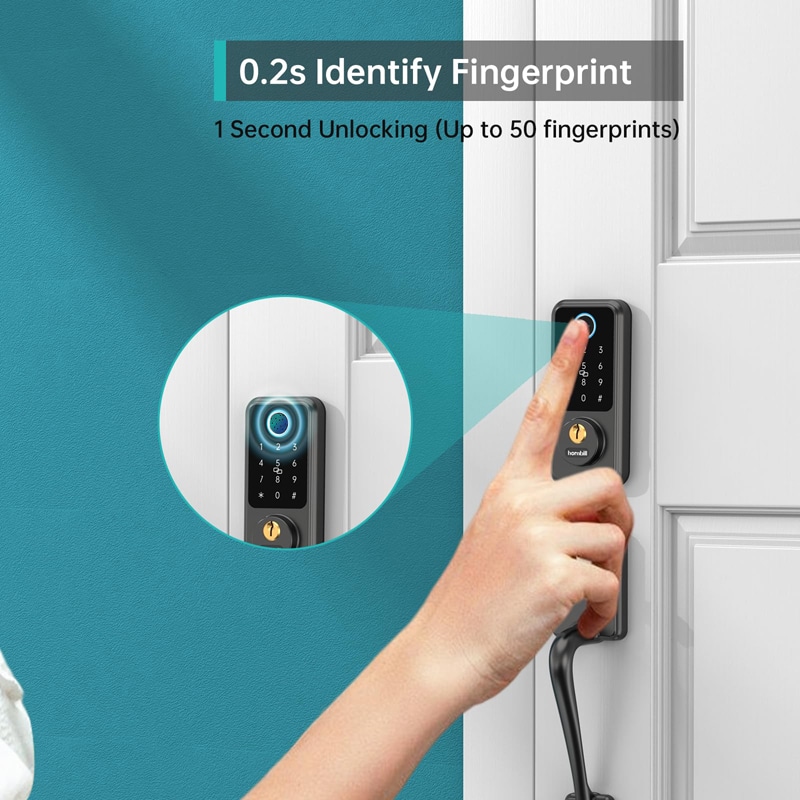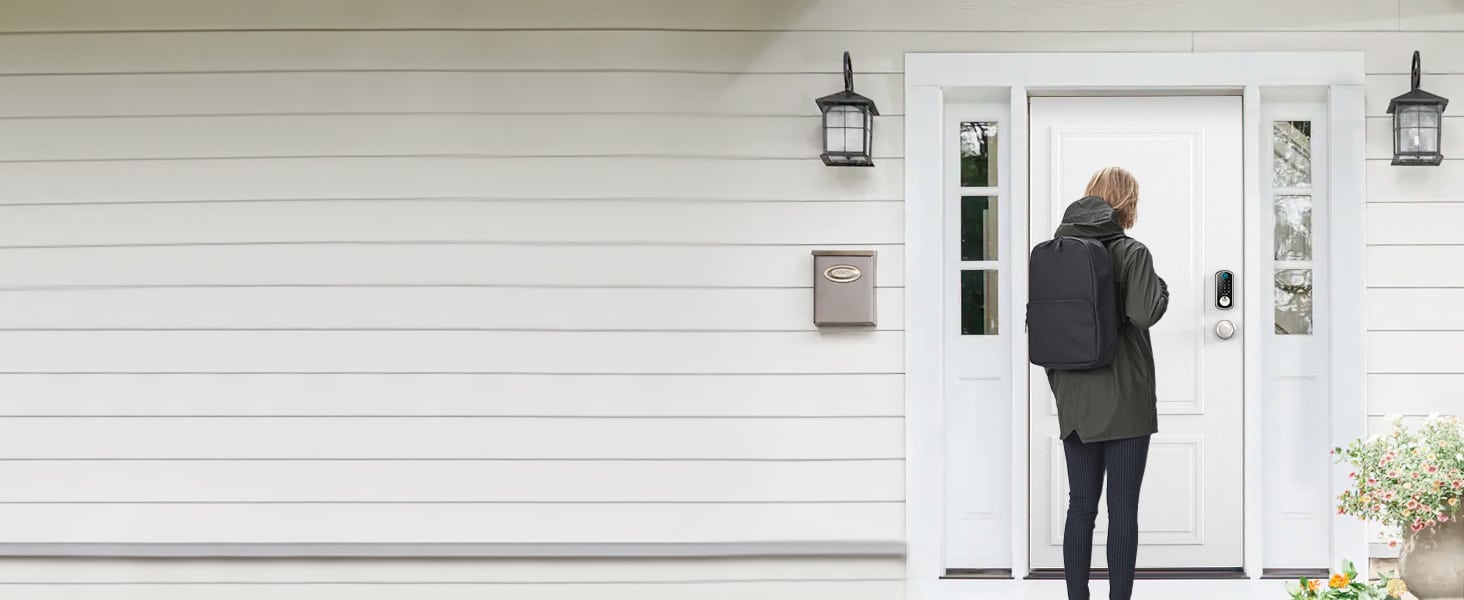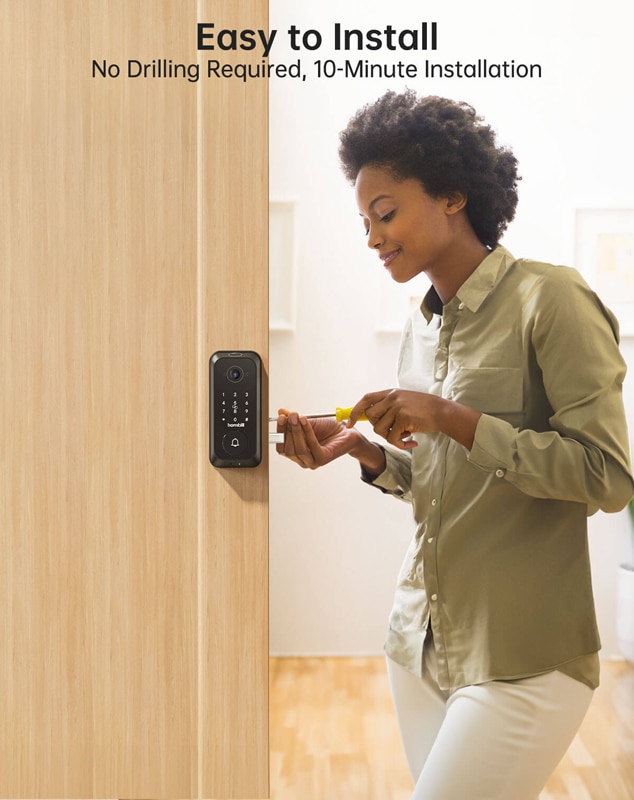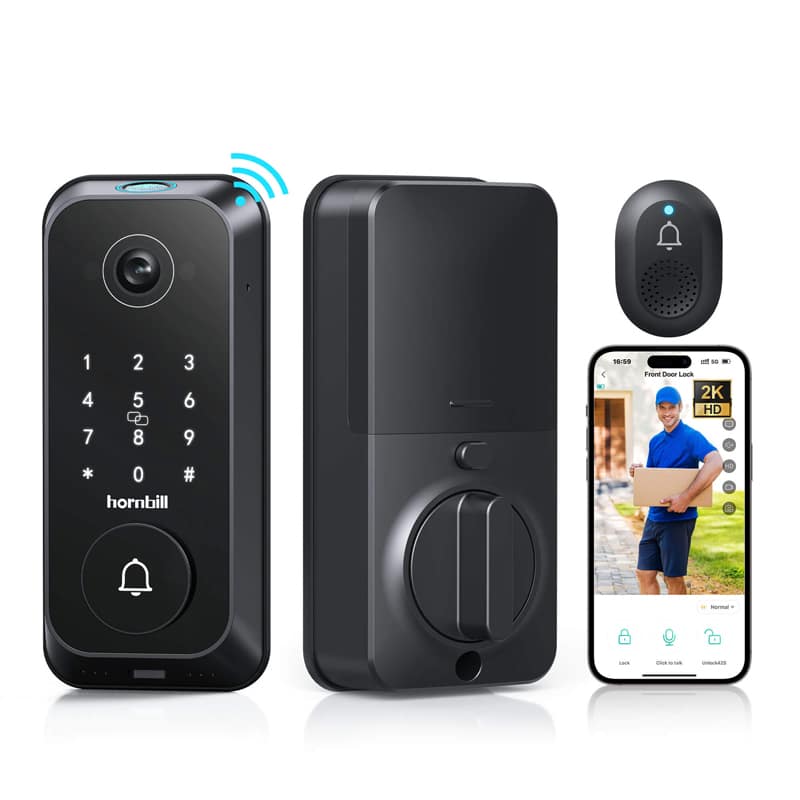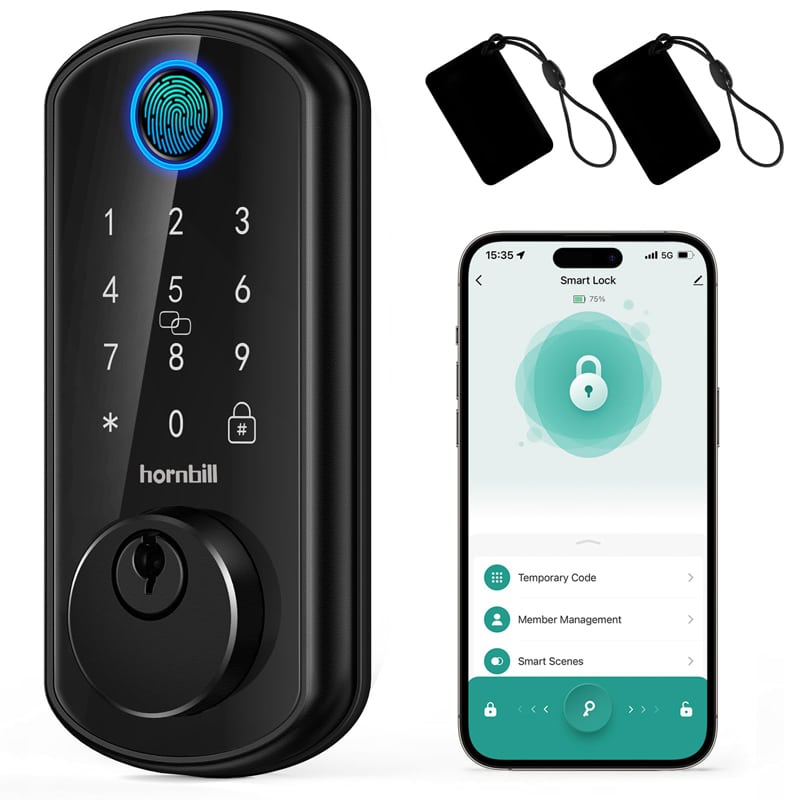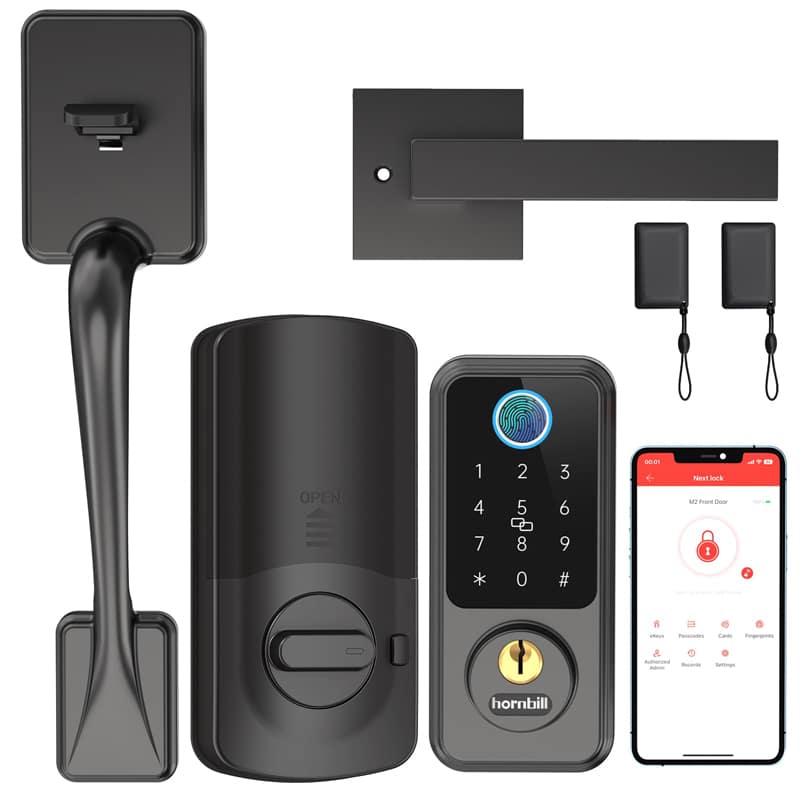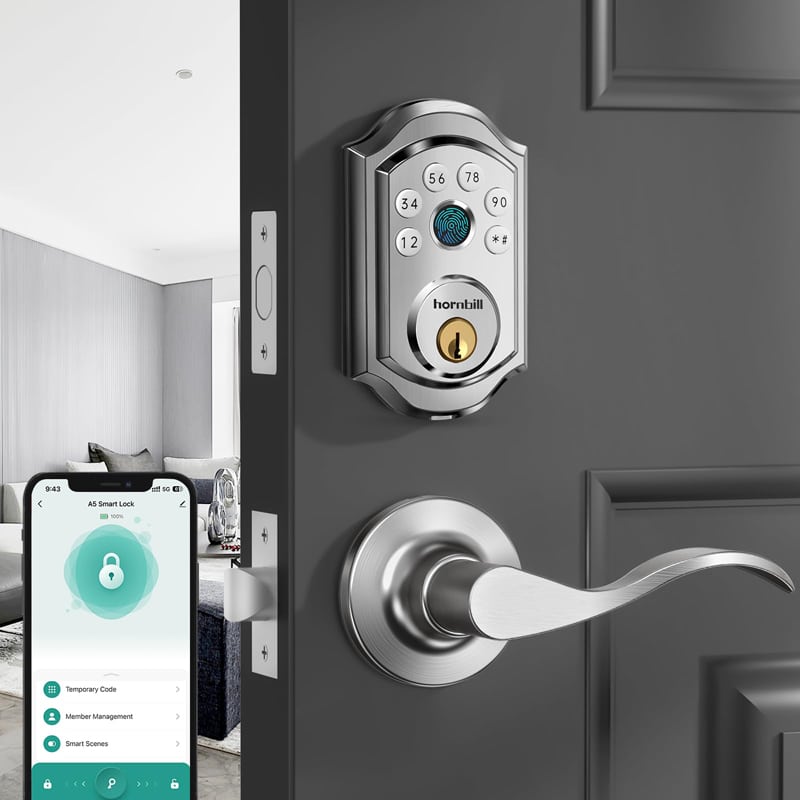In the rapidly evolving sphere of home security, the fingerprint door is a shining testament to the technological leap. Traditionally, keyed locks were the mainstay of home security. However, with the advent of digital technology, security has broken free from the physical constraints of a key, as seen in the development of fingerprint doors. So, what is the secret behind its functioning? Let’s delve into the intricacies of how a fingerprint door operates.
Understanding the Concept:
The central principle behind a fingerprint door is biometric identification. It involves identifying an individual based on unique physical characteristics – in this case, fingerprints. Each person possesses a unique set of fingerprints. The patterns of ridges and valleys on each finger differ from person to person, making fingerprint recognition one of the most reliable biometric techniques.
The Working Mechanism:
The working of a fingerprint door lock with key comprises three primary steps: enrollment, storage, and recognition.
Enrollment:
Initially, the user needs to record or ‘enroll’ their fingerprint into the system. The sensor plate on the lock scans the finger placed on it and captures a digital image.
Storage:
Using complex algorithms, the system then converts this image into a binary code and stores it in a database for future comparison.
Recognition:
When access is attempted, the system scans the fingerprint presented, converts it into a code, and then runs a comparison with fingerprint data stored in its database. If there is a match, the door unlocks, granting access.
Advantages of Fingerprint Doors:
Enhanced Security:
As fingerprints are unique and cannot be easily replicated, a fingerprint door provides high-level security.
Easy Access:
It eliminates the need for keys or remembering passcodes, giving easy access to authorized users.
Multiple User Capacity:
These doors can store multiple fingerprints, thereby allowing access to various users as required.
Non-transferability:
Unlike keys or cards, fingerprint door lock cannot be misplaced, lost, or given to others, mitigating the risk posed by stolen or lost keys.
High-tech as they may seem, fingerprint doors are becoming increasingly common in residential and commercial properties owing to their enhanced security and operational convenience. They fuse tech and security seamlessly, making them an integral player in the future of home security. As digital innovations take massive leaps, it’s fascinating to wonder what the future holds for our home security endgame. One thing is certain though – the era of the humble key is slowly but surely making way for smarter and more secure solutions.

